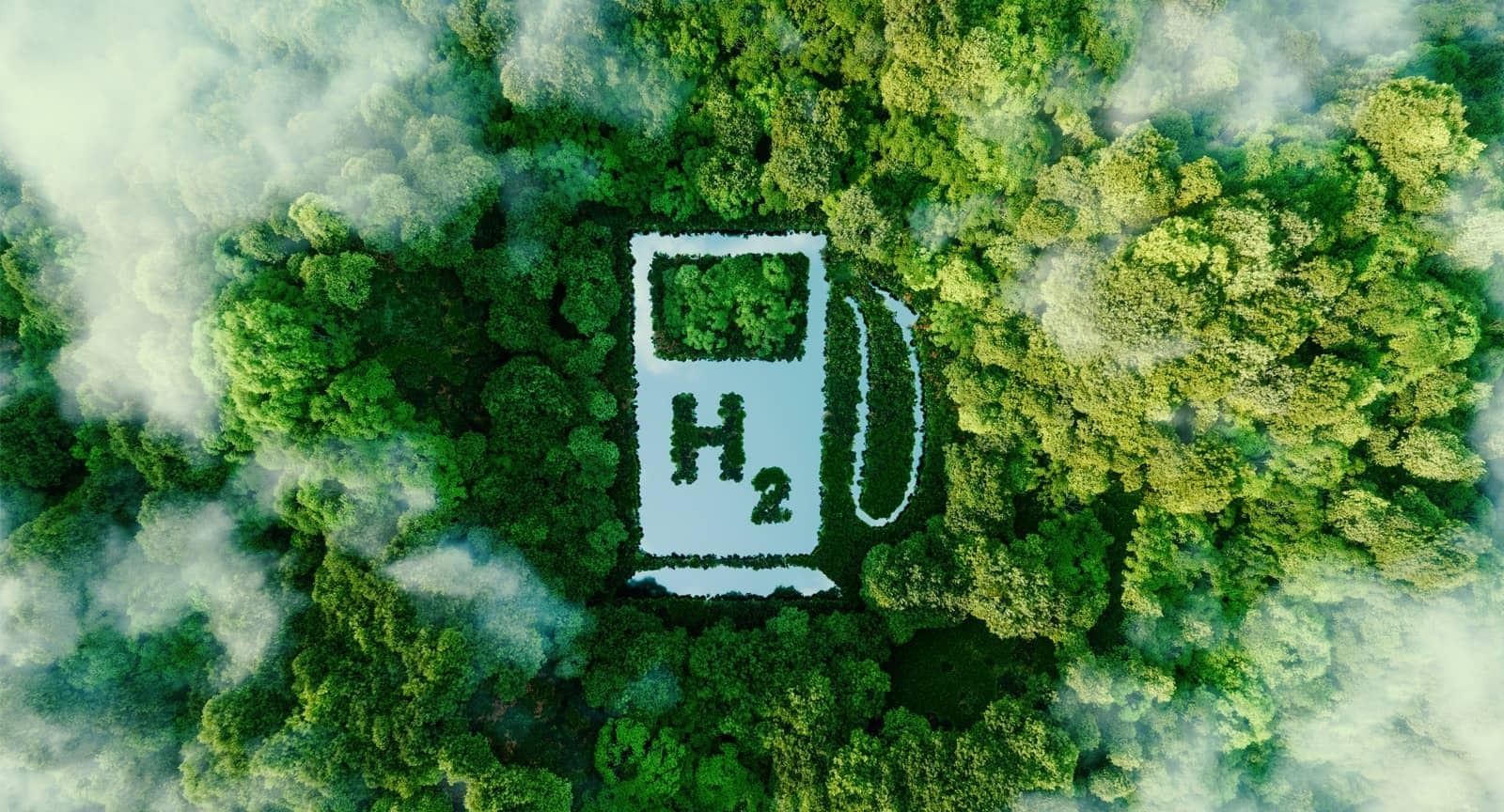Thermo-Catalytic Hydrogen Production from Plastic Waste

KEY INFORMATION
Sustainability - Low Carbon Economy
TECHNOLOGY OVERVIEW
Mixed plastic waste is an abundant resource containing approximately 7-12 wt.% hydrogen (H2). Traditionally, hydrogen is produced from non-sustainable fossil feedstock, such as natural gas, coal and petroleum oil.
This technology offer is a thermo-catalytic process that sustainably recovers hydrogen from plastic waste instead. During hydrogen recovery process, instead of releasing carbon dioxide (CO2) that causes greenhouse gas effect, the technology converts emissions into a form of solid carbon, called carbon nanotubes (CNT). Solid carbon is easier to store and handle compared to the gaseous carbon dioxide. Furthermore, carbon can be sold as an industrial feedstock for manufacturing of polymer composites, batteries, concrete, paints, and coatings. With over 150-190 million tonnes of mixed plastic waste ending up in landfills and our environment annually, the technology offers a sustainable solution for the elimination of plastic waste and decarbonization while providing a clean hydrogen supply.
TECHNOLOGY FEATURES & SPECIFICATIONS
- Thermo-catalytic production of hydrogen. The hydrogen gas stream produce contains a purity of 60 – 70 vol% for downstream applications. Further purification can be conveniently achieved by conventional separation technologies, such as membranes and pressure swing adsorption
- Output of hydrogen can be from 500 – 100 kg to 2500 – 5000 kg/day
- Mixed and contaminated plastic waste can be used as feedstock (eg. municipal plastic waste, flexible laminate packaging waste, marine plastic litter, sorted polyethylene and propylene waste etc.)
- Hydrogen recovery from plastic waste is up to 70-150 kg hydrogen from 1 tonne of plastic waste, depending on composition and purity of feedstock
- The maximum amount of greenhouse emissions that can be captured during hydrogen recovery are 2.5-3.4 tonnes CO2 equivalent per 1 tonne of treated plastic waste (subject to plastic waste composition).
- Carbon is captured in a solid form (CNT), which is easier to store than gaseous greenhouse gas emissions
POTENTIAL APPLICATIONS
This technology offer is applicable for industries that are keen to recycle plastic waste or looking for alternative clean generation of hydrogen. The potential applications include:
- Plastic material reprocessing facilities
- Waste management companies
- Hydrogen production companies
Unique Value Proposition
- Sustainable production of hydrogen using plastics
- Reduction of plastic waste pollution
- No CO2 generated (carbon captured as CNT)
- Non-selective feedstock (mixed and contaminated plastics can be used)
